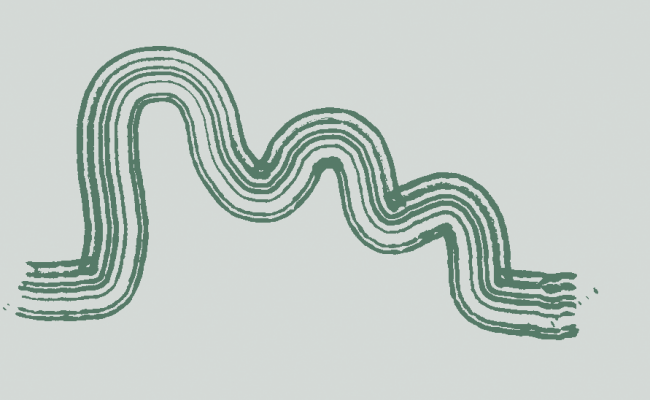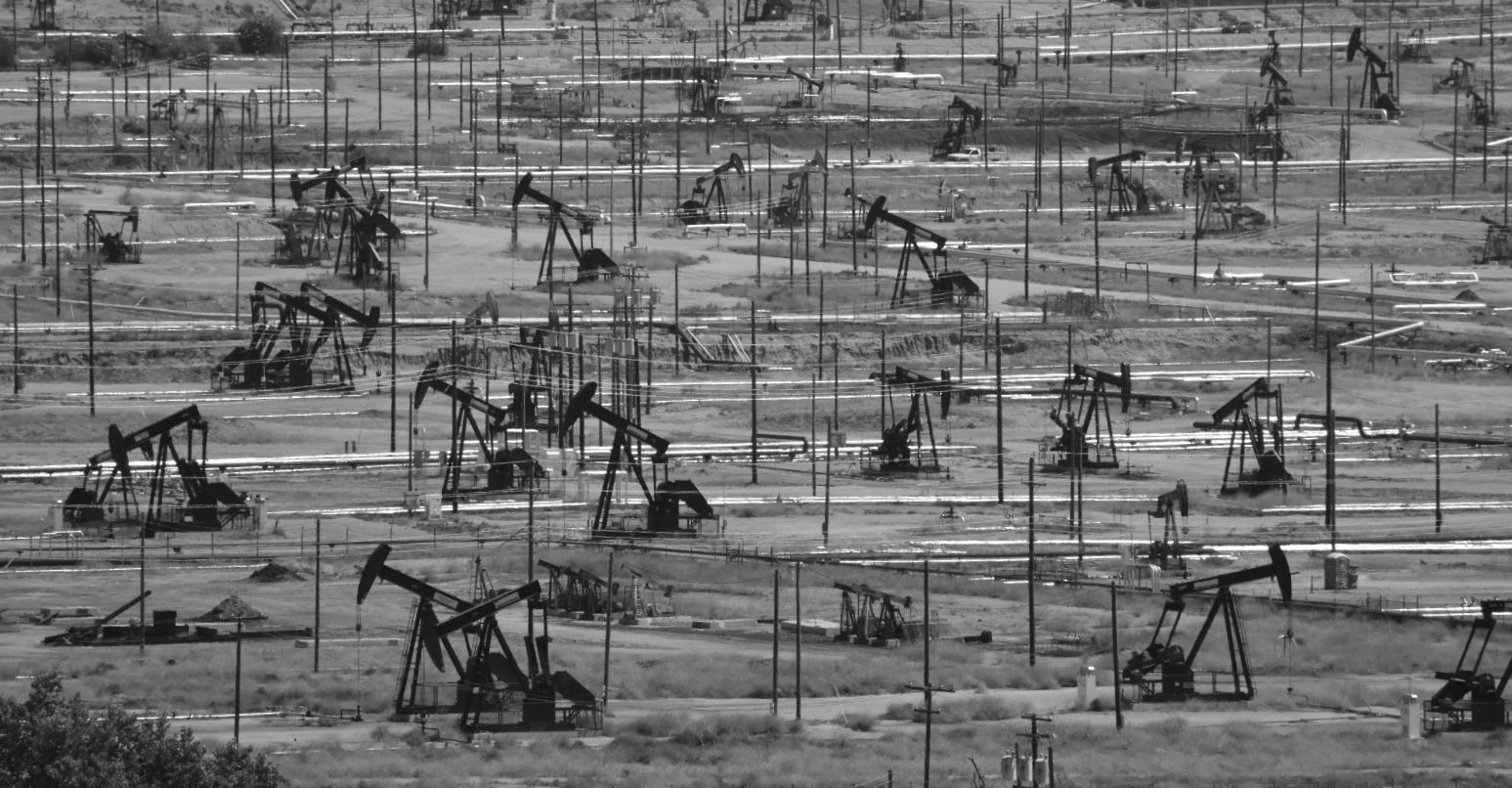Inspired by Timmah Ball’s ‘Imaginng Lisa: Dreaming in Urban Areas’
1.
Mum and Dad reckoned I was always a waterbaby. As soon as we stopped the car at the beach, I’d take off, a trail of clothes left in my wake, headed straight into the water. I didn’t notice the difference of the cooler waters down here until I was an adult. The water was always a refresher, a relief from baking hot sun and dusty throats. We would swim everywhere—Johanna, Kilcunda, Wonthaggi, Ninety Mile Beach, Mallacoota, Gunnamatta, Koonya. It was a revelation returning to Mallacoota as an adult. I swam at the warm tail end of the East Australia current that reached around this south east corner of the continent, and marvelled at the extreme contrast to the brisk cold of the waters we would swim just a bit further west. I’ve always considered myself a saltwater woman, but I grew up in the dank forests of the Dandenongs and now live near Merri Creek on Wurundjeri biik.
2.
Merri Merri (Woiwurrung: rocky place)
The creek is a life vein in the pandemic. The tracks are heaving with people. Flocks of school mums take over the paths with their hordes of kids – they run wild after being restricted all day. The overabundance of doll sized flats disgorge their occupants onto the creek where they picnic, do yoga, play ukeleles and turn the walking track traffic into a constant peak hour. Everyone is a runner or a jogger these days and they commandeer the track, like soldiers in combat. It was already unbearable when their foot pounding and air sucking spewed out sweat and halitosis into my path. Now every bastard could well be laden with aerosoled corona pathogens, unhidden weapons of mass destruction.
At times I have seen gorgeous local kingfishers down here. But with all this commotion, the animals don’t show themselves to me.
Historian Tracey Banivanua Mar wrote about Wurundjeri Elder Billibellari standing in his Sovereignty, persuading his people to move to Narre Narre Warren and then walk off when conditions were not as agreed. She was interested in Billibellari and how he advocated for the creeks which have become the soul saving veins of locked down Melbourne. Tracey died way too early, before she could write about this. I wonder if these people, dependent on the creek now, will ever know what Billibelarri did for their wellbeing.
3.
Blakfellas organise. Elders are fine. They have lived with restrictions before. Activists coordinate mutual aid. Care packages of tea, and medicinal balms, face masks, and food. Cairns Indigenous Art Fair curates an exhibition called, ‘Where’s your permit?’ and the artists paint about mission life and the restrictions they were subjected to in the service of racism and land grabs. People in the Cape have gone bush until this thing plays out. A chance to slip the confines of white schooling. Young ones are learning on Country with their Elders. A respite from the caucacity. We laugh at the white folk, those calling themselves Sovereign Citizens, and how they freak out at the first whiff of containment of their individualism for protection of our collective health. Capitalism has done its job well.
4.
White folk down the creek don’t know how far 1.5 metres is, or they find me invisible and walk straight into me. Or they assume they are entitled to a right of way. Space invaders. I walk along with my arm outstretched chanting, ‘1.5! 1.5! Keep your distance, I’m vulnerable’. I get the usual mix of responses—shock that they are being told what to do, derisive (or is it nervous?) laughter, or retaliatory taunts, ‘Stay home if you don’t like it’, and ‘you don’t own this space’ or ‘go back to where you came from’…
in other words,
Crazy black woman walking…
I know what they mean. They mean, ‘You don’t belong here. We have regenerated this. What have you done? We’ve been walking here with our dogs for 5 years. We have every right to it.’
Only one woman says, ‘Yes, of course, sorry’. One in say, a hundred. And you wonder why we’re over it.
I take to rambling the suburban streets instead. Less people. Harder ground. Still, with the lack of traffic, I can breathe easier.
5.
I’m not the first to be at the creek of course. There were white people here before me. Drinking the creek, polluting the creek, their dogs defecating everywhere. All the human hairs hang out. People with dogs who don’t keep them in check around other people. Not caring that the dogs they kiss on the mouth have been used against black people worldwide. I’m not blaming the dogs. But the memory is in the DNA.
6.
The creek/pandemic has exposed a hierarchy of whiteness. In winter it used to be only the ex-cons down here, making camp when there two days of motel money ran out after being released, making do until the next dollar. Often their only company was the road rubbish, oils and petrol, washed down storm drains from the Hume Highway, mingling with the stinking dyes and other nameless factory excrement.
Then local residents took interest in the creek’s restoration. A remediation of sorts. I am grateful of course, for the transformation from the washing line for highway rubbish back to endemic plants. But sometimes it feels like a curated garden. Right plants, landscaped into a European sensibility. The posh neighbourhoods landscaped first. I have to swallow my ire, but want the greenies to see the remediation is still on their terms. They have the power to make decisions because they can reside in one place for many years, as landowners or secure renters. Blakfellas meanwhile, move further and further out, chasing affordable rent, at the mercy of real estate agents and landlords.
Then the cyclists invaded. Always innocently at first, but have since created a rat run of entitlement as they commute to their rat race jobs in the service of capitalism. Some greenies shake their sticks at them and call them out, finding squashed snakes branded with tell-tale bike tread on the creek path.
7.
I joined Friends of Edgars Creek fifteen years ago. Only Blak one as far as I know. We planted Be-al along the eroding creek bank and watered them through the 2006 drought. The trees still look like saplings and what was a weedy hill behind, is now filled with taller wattles and other undergrowth.
I went to the Myrnong Festival once down on the creek. The festival celebrates the return of the cultivation and harvesting of myrnong or yam daisy that yields small tubers that are good tucker.
The Djirri Djirri’s were there, revitalising country with their dance, language and sweat. The people were warm, inviting and respectful. They served me a kangaroo kebab with roasted myrnong and a warrigal greens pesto. Yummo.
8.
A while back now, my sister and I started a ceremony of sorts. An observance. When our great Aunty Sadie died we were unable to travel to her funeral, to show our respect, reaffirm family ties, swap stories old and new, and meet the next generation of our wide reaching family tree. So to grieve in kinship we went down to the creek. We lit a candle, reminisced about Aunty Sadie, what she meant to us, and placed flowers in the creek. The creek flows into the Birrarung, into the bay, into the sea, where the water connects back to Aunty Sadie’s place of rest in Bundjalung country.
The day our Dad died, my sister and I went down to the creek. We lay on the rocks in the wide part of the time hardened lava flow so we could be close to the sound of the rushing water which drowned out the city sounds and washed away the surreal day of rushed flights and strange hospital ways. It was the start of War-rin season, and the water was low from coming out of summer, but it was there. The sound washed over my sore and over-tired eyes and the sun warmed my neck. We stayed awhile.
9.
Toolangi (Taungurang: place of tall trees / stringybark)
The Victorian government reported the 2019–2020 black summer bushfires burnt 1.39 million hectares of crucial forests, animal habitats and water catchments in Victoria. In 2018 The Greens said VicForests, the state owned logging corporation, was logging four MCG’s worth of native forest a day. In 2021 VicForests’ claims of successful regeneration, required before the country is handed back to the people, have been found untrue. Regeneration means handing the country back like for like. Not just one tree for every tree taken, but the same mix of trees, that were there in the first place. Logging of stands of Mountain Ash, a tree with very high carbon sequestration capability, a decade later, are either more populated with wattle, or still devoid of trees. How can one part of government publish a report on the alarming loss of habitat, while another part is illegally depleting forests in a way in which it will never recover?
I talk to students about logging of old growth forests in Toolangi State Forest. It is only an hour’s drive out of town, and part of the water catchment for Melbourne. Most don’t know where their drinking water comes from. My university, on Wurundjeri country, has a focus on planetary health and a commitment to Protecting Country. I don’t know what they are doing to support Wurundjeri calls to protect Warburton Ranges and the Toolangi State Forest, to stop logging old growth forests, for the carbon sequestration, but also to protect our drinking water.
10.
I catch up with Wurundjeri and Dja Dja Wurrung curator Stacie Piper about the exhibition, Wilam Biik, Woiwurrung for ‘home Country’. She talks about the water lines that connect Wurundjeri biik to the artists in the show. Water from the high country shared with Taungurang and Gunnai, that flows through to the Birrarung, to Narrm, the Dhungula, Baaka, and Kolety. The water in my bones sings of these rivers. It recalls all the times I have drank from, swam in, fished from, canoed down, played in these waters, and know my gratitude is not enough. These waters constitute me. So I must do what its relatives who can speak for it say to do. Look after the land. Look after the people.
I acknowledge the work of my first supervisor and friend, Tony Birch, and the way he thinks and talks about water.
Read the rest of Overland 245
If you enjoyed this piece, buy the issue




